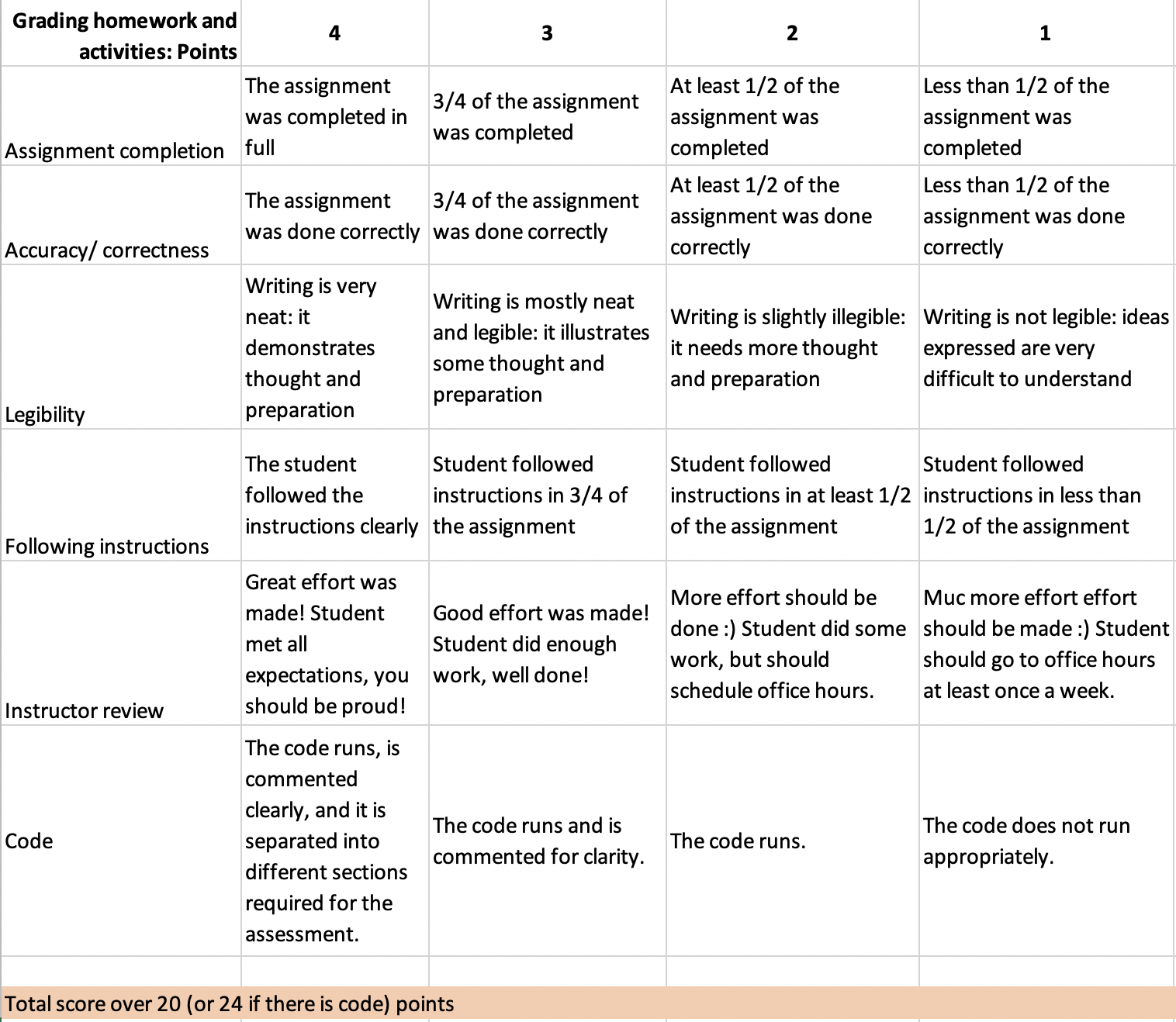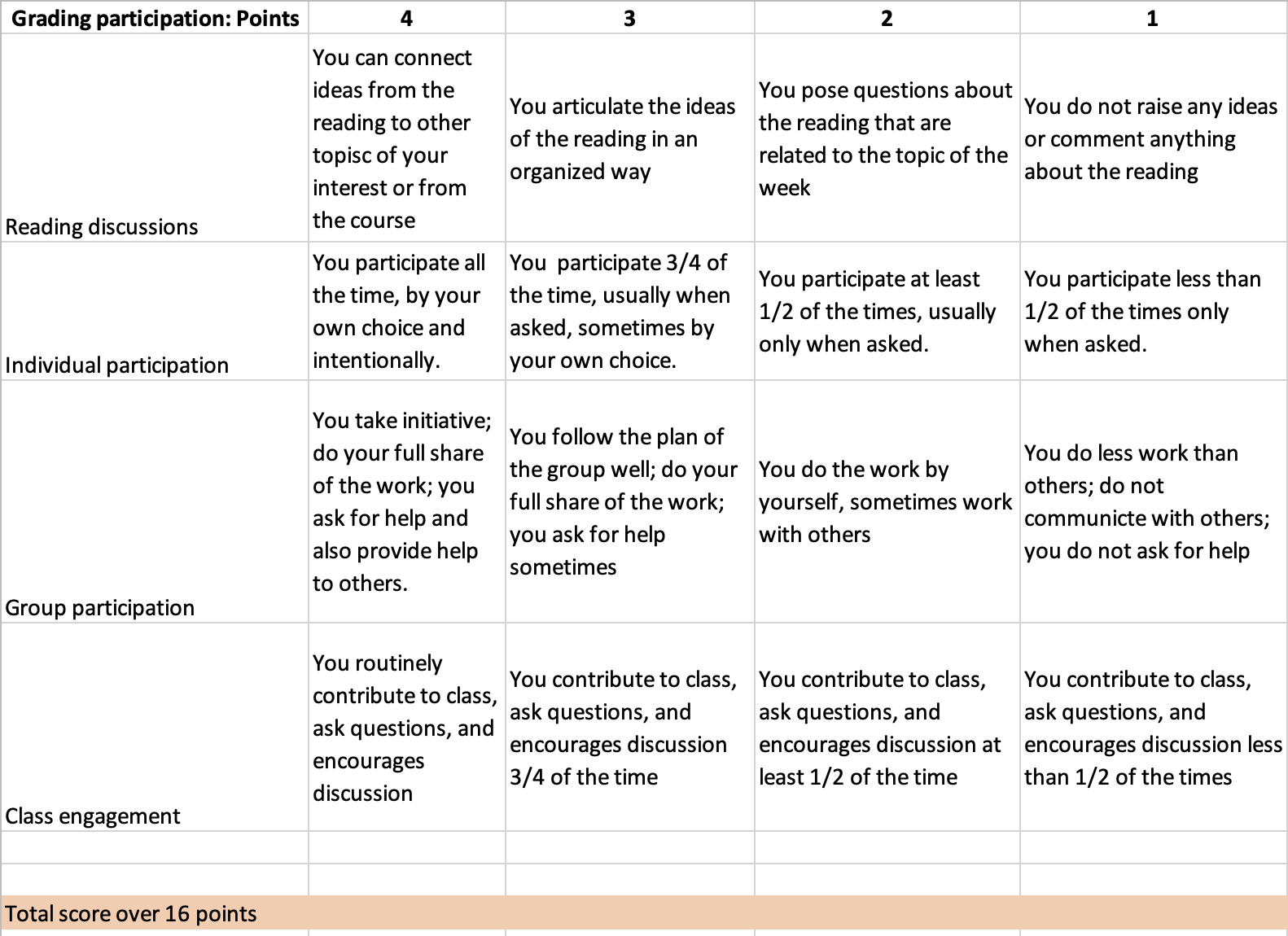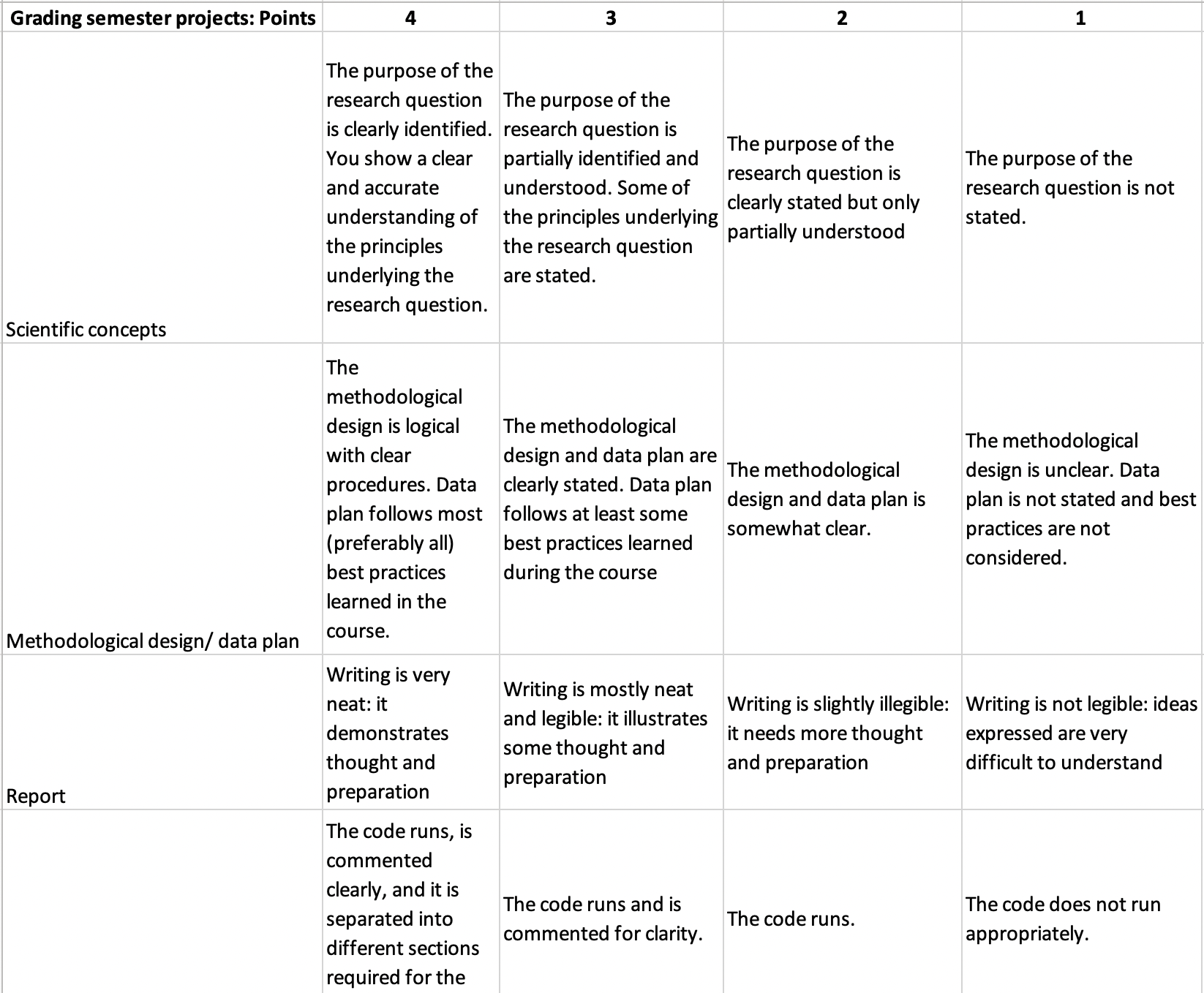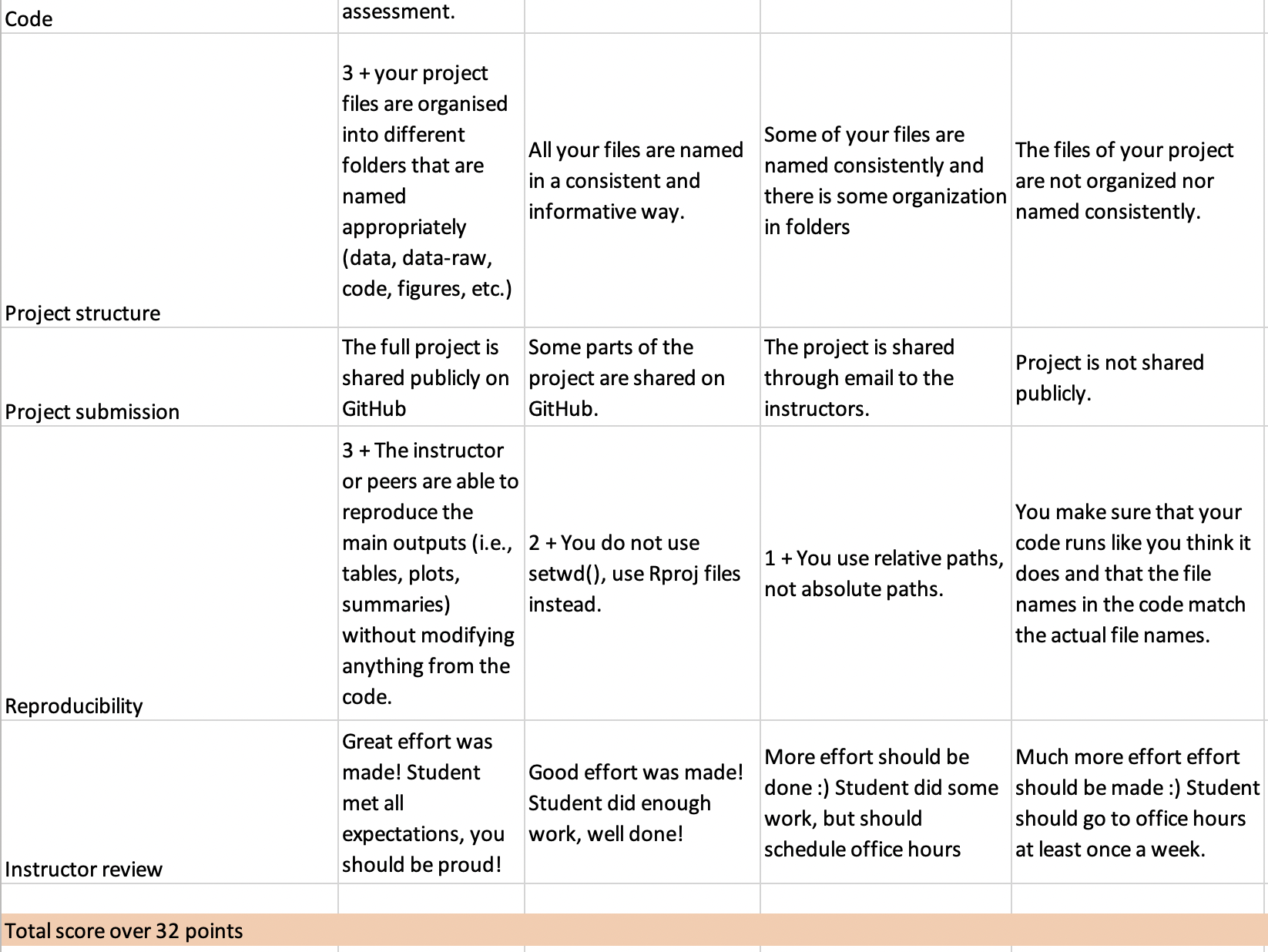BIO 197, Fall 2022
Instructors
Dr. Luna L. Sanchez Reyes
Office: SE1 280
Email: lsanchezreyes2@ucmerced.edu
Office hours: By appointment and/or Monday 3pm-4pm, Tuesday and Wednesday 11am-12pm, & Wednesday 4pm-5pm.
Prof. Emily Jane McTavish
Office: SE1 281
Email: ejmctavish@ucmerced.edu
Office hours: By appointment
Class times & location
Time: Tuesday & Thursday, 2:30-4pm
Zoom link: https://ucmerced.zoom.us/j/82767962714
In-person location: SE1 390
Prerequisite Knowledge and Skills
Evolution
Semester schedule
The schedule, including class information, homeworks materials, lectures and in-class activities is available here. Check the website periodically for updates.
Course Communications
Email: lsanchezreyes2@ucmerced.edu, ejmctavish@ucmerced.edu
Suggested Texts
- Beckerman, A.P., Childs, D.Z. and Petchey, O.L., 2017. Getting started with R: an introduction for biologists. Oxford University Press.
- Wickham, H., & Grolemund, G., 2017. R for data science. O’Reilly. http://r4ds.had.co.nz/
- Cooper et al., 2017. A guide to Reproducible Code in Ecology and Evolution. https://goo.gl/iVkDb8
Web resources
- RStudio CheatSheets
- Coding club tutorials
- R tips by Dolph Schluter
- Exploratory Data Analysis with R by Dylan Childs
- Data Carpentry for Biologists
Course Description
This is a course-based undergraduate research experience (CURE) in using data science to address research questions of biological significance in ecology and evolution. The course will focus on bioinformatic and phylogenetic methods, using state-of-the-art computational tools and statistical skills to design appropriate analyses to describe and explain general patterns in the species distribution and evolutionary history of organisms. Special attention will be given to phylogenetic patterns of biodiversity and their basis in both ecological (dispersal, competition) and evolutionary (speciation, extinction) processes. The course will be conducted seminar style and student-centered. Most of the reading will be drawn from recent primary literature. The application of research methods using published data, computational tools, and best practices in reproducibility to address questions in ecology and evolution, will be an integral part of this course. Students will communicate their results in written, oral and visual formats.
Course Goals and Learning Objectives
Goals
- Data and how to do scientific research with it
- Data entry -> Data storage -> Data manipulation -> Data visualization
- Not statistics
Learning Objectives
Students completing this course will be able to:
- Apply fundamental data science skills to answer broad research questions in ecology and/or evolution.
- Write simple computer programs in R.
- Understand how to organise, explore and visualise biological data.
- Reproduce analyses in ecology and evolution.
- Organise and keep track of research projects using version control.
- Have an overview of the main concepts in phylogenetics.
Teaching methods
- Flipped classroom: I do, we do, you do
- You don’t learn how to ride a bike just by listening to someone talk about it and the same is true for data science
- Peer instruction
- Interact with each other during in-class activities and (if possible) when doing homework
- You are at least as likely to learn from your peers as from the instructor
Our flipped course structure
- Homework before class: readings and exercises that will prepare you for class.
- Lecture:
- I will lecture while reviewing homework together, and demo the concept using live coding
- In-class activities
- We will work on an associated exercise together in class
- Then, you will work on an exercise in class
-
Homework after class: You will work on additional exercises and your project on your own (both in & out of class)
-
Turn-in work: Related to your research project
- Optional homework and in-class activities: adds points to final(?) grades
Grading rubrics
Homework and in-class activities

Participation

Attendance

Semester project


Semester project Structure
Course Policies
We follow the Carpentries code of conduct.
